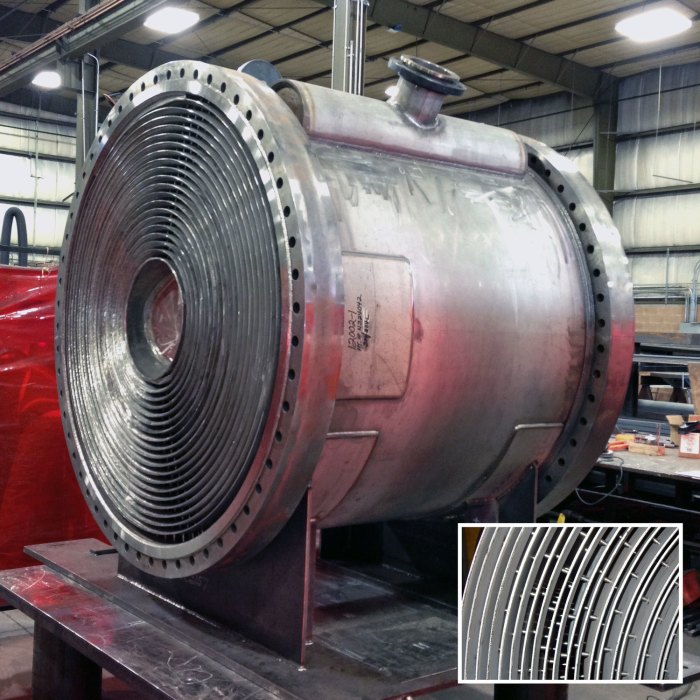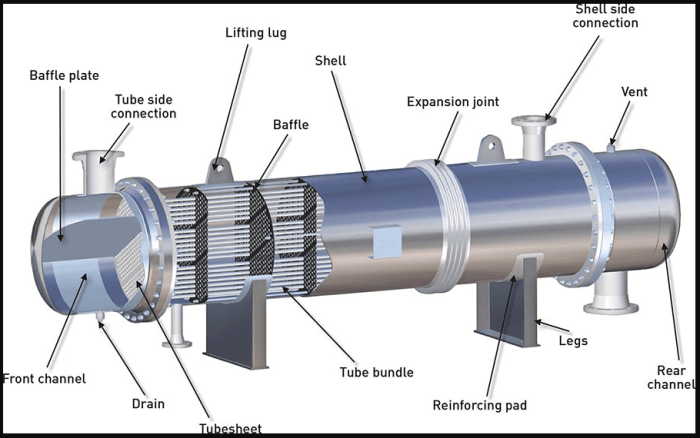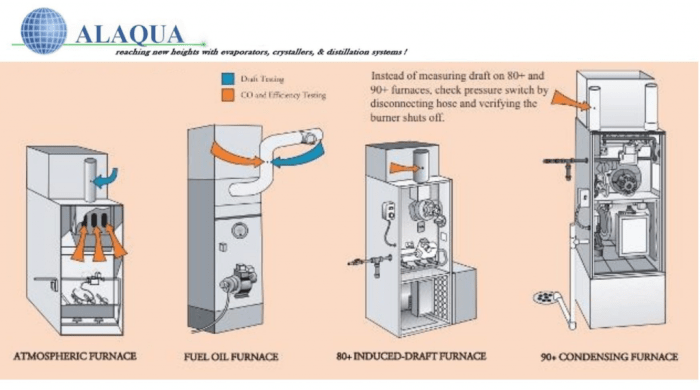Furnaces with serpentine-type heat exchangers typically use a unique design to enhance heat transfer efficiency. These furnaces are commonly employed in various industries and applications, offering advantages such as improved heat transfer, reduced energy consumption, and compact design. This article delves into the design, heat transfer mechanisms, advantages, and applications of furnaces with serpentine-type heat exchangers, providing a comprehensive overview of their significance in industrial processes.
The serpentine shape of the heat exchanger allows for increased surface area, promoting efficient heat transfer between the hot gases and the fluid flowing through the tubes. The materials used in the construction of these heat exchangers, such as stainless steel or alloys, ensure durability and resistance to high temperatures and corrosive environments.
Introduction

Furnaces with serpentine-type heat exchangers are designed to maximize heat transfer efficiency and reduce energy consumption. They are commonly used in industries requiring high-temperature heating processes, such as metalworking, glass manufacturing, and chemical processing.
Serpentine heat exchangers feature a unique design that enhances heat transfer. The serpentine shape increases the surface area for heat exchange, allowing for more efficient heat transfer between the heating medium and the process fluid.
Serpentine Heat Exchanger Design
Serpentine heat exchangers are constructed with a series of tubes arranged in a serpentine pattern. These tubes are typically made of high-conductivity materials such as copper, aluminum, or stainless steel. The serpentine shape allows for a large surface area for heat transfer, as the fluid flows through the tubes in a zigzag pattern, maximizing contact with the heating medium.
Heat Transfer Mechanisms
Furnaces with serpentine heat exchangers utilize a combination of conduction, convection, and radiation to transfer heat. Conduction occurs through direct contact between the heating medium and the tubes. Convection involves the transfer of heat through the movement of the fluid flowing through the tubes.
Radiation is the transfer of heat through electromagnetic waves.
Advantages and Disadvantages
Furnaces with serpentine heat exchangers offer several advantages, including:
- Improved heat transfer efficiency
- Reduced energy consumption
- Compact design
- Durability
Potential disadvantages include:
- Higher initial cost
- Increased maintenance requirements
- Susceptibility to fouling
Applications and Industries
Furnaces with serpentine heat exchangers are commonly used in industries such as:
- Metalworking
- Glass manufacturing
- Chemical processing
- Food processing
- Pharmaceutical manufacturing
In these industries, serpentine heat exchangers are preferred for their high heat transfer efficiency, durability, and ability to withstand high temperatures.
Maintenance and Troubleshooting, Furnaces with serpentine-type heat exchangers typically use
Proper maintenance is crucial for the optimal performance of furnaces with serpentine heat exchangers. Regular inspections should be conducted to check for any signs of damage or fouling. Cleaning and descaling should be performed periodically to remove any buildup that may impede heat transfer.
If any problems or malfunctions occur, it is important to consult with a qualified technician for diagnosis and repair.
General Inquiries: Furnaces With Serpentine-type Heat Exchangers Typically Use
What are the advantages of using furnaces with serpentine-type heat exchangers?
Furnaces with serpentine-type heat exchangers offer several advantages, including improved heat transfer efficiency, reduced energy consumption, and a compact design.
How does the serpentine shape enhance heat transfer efficiency?
The serpentine shape of the heat exchanger increases the surface area, allowing for more efficient heat transfer between the hot gases and the fluid flowing through the tubes.
What materials are typically used in the construction of serpentine heat exchangers?
Serpentine heat exchangers are typically constructed using materials such as stainless steel or alloys, which provide durability and resistance to high temperatures and corrosive environments.


